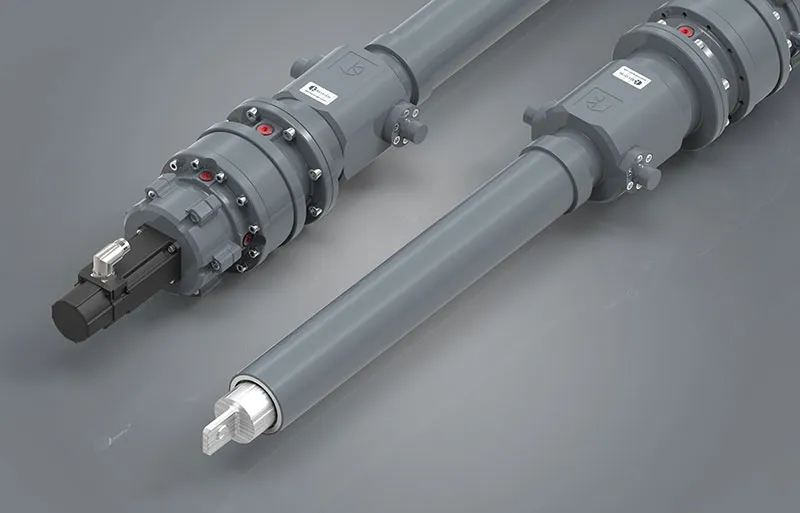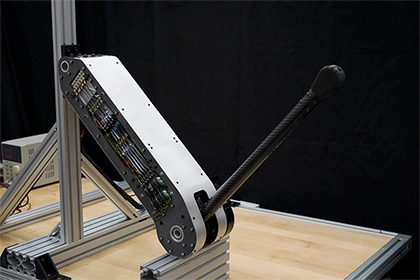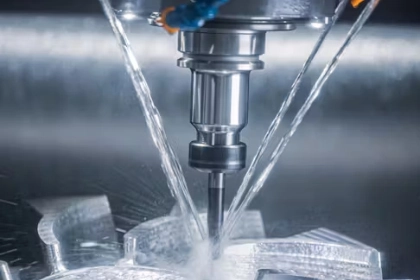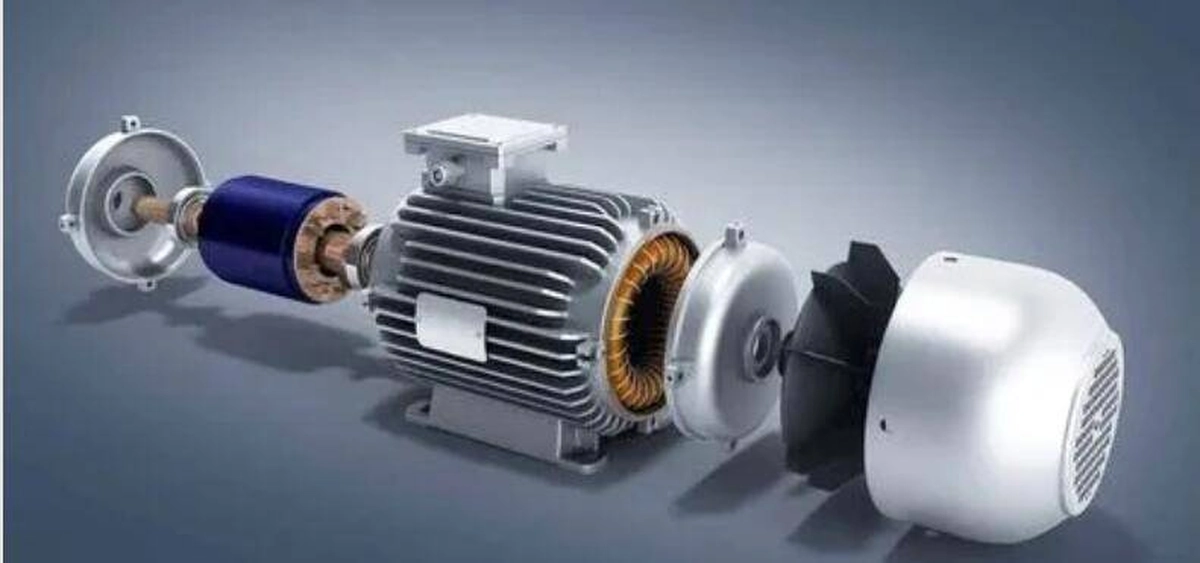- +86 19149417743
- Zhengzhou, Henan Province, China
- Mon-fri: 8am - 7pm
Get a quote

Linear actuators that provide push/pull force are often called electric actuators. These actuators are telescopic and use a push tube using a lead screw, ball screw, or roller screw. They come with basic electric motors
24VDC or 12VDC, but AC versions also available and gears to provide fixed speed and force selection. They typically have a stroke range of 50mm – 700mm and forces from 50N to 500kN (from high performance versions). Electric actuators are used where duty cycles are typically in the 10-25% range.
High-performance linear actuators are also based on telescopic push/pull capabilities. However, they usually do not come with a motor, so it is possible to choose the motor that best suits the specific application. Servo motors are also common (servo linear actuators), which allow external control of motion profiles, speed, torque, etc. High-performance linear actuators are available with motors providing forces up to 500kN. There is growing interest in these actuators as a replacement for hydraulic actuators due to the control and environmental advantages they offer.
Positioning linear actuators are used to provide linear positioning of loads, usually large loads. Many different versions are available, offering different performance characteristics. These actuators typically provide repeatable positioning from a few microns to 100 microns, with loads from a few grams to 1000 kilograms. The structure is usually an aluminum extrusion with linear guides mounted on it, with drive coming from a belt or ball screw. Belt driven actuators are very useful for long stroke applications where the stroke may exceed 10m. Various motors are installed depending on the application.
Positioning linear actuators are used to provide linear positioning of loads, usually large loads. Many different versions are available, offering different performance characteristics. These actuators typically provide repeatable positioning from a few microns to 100 microns, with loads from a few grams to 1000 kilograms. The structure is usually an aluminum extrusion with linear guides mounted on it, with drive coming from a belt or ball screw. Belt driven actuators are very useful for long stroke applications where the stroke may exceed 10m. Various motors are installed depending on the application.
Servo linear actuators are actuators combined with servo motors that can push/pull/contract or position. Servo motors allow the motor to exchange information with and be controlled by an external control system. This allows for changes in speed, stroke, torque control, etc. Servo actuators can also be used when 100% duty cycle is required.
Pneumatic linear actuators are also widely used. These tend to be simple push/pull applications. They offer the advantages of potentially higher speed and lower cost. However, there has been a significant shift from pneumatic actuators to electric and servo actuators due to the control and environmental advantages these systems offer.
 2024-08-30 16:01:40
Engineering
2024-08-30 16:01:40
Engineering
 2024-07-26 14:09:13
Engineering
2024-07-26 14:09:13
Engineering
 2024-07-18 09:42:00
Engineering
2024-07-18 09:42:00
Engineering